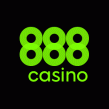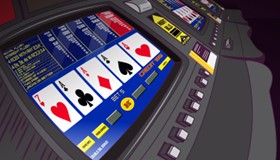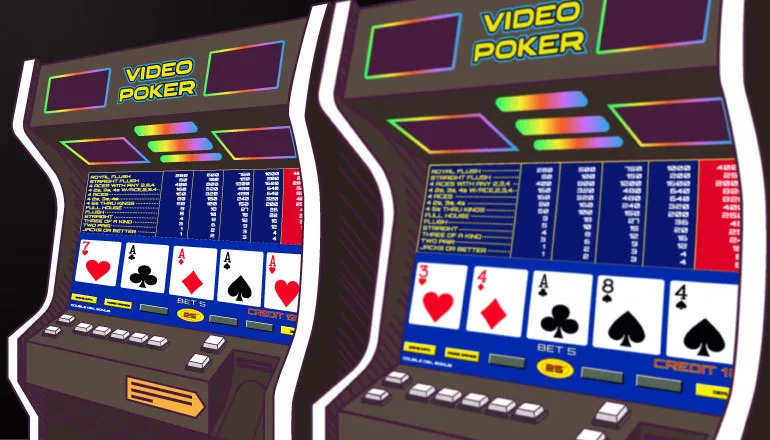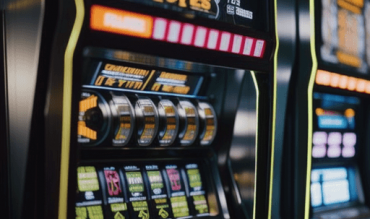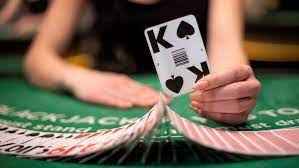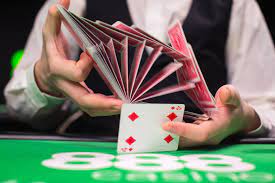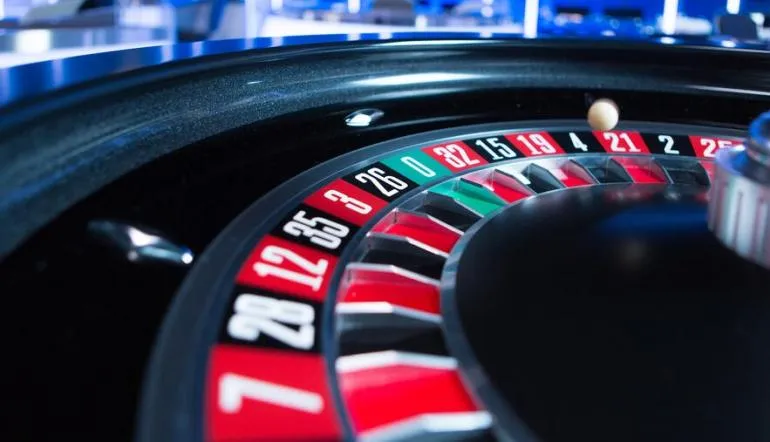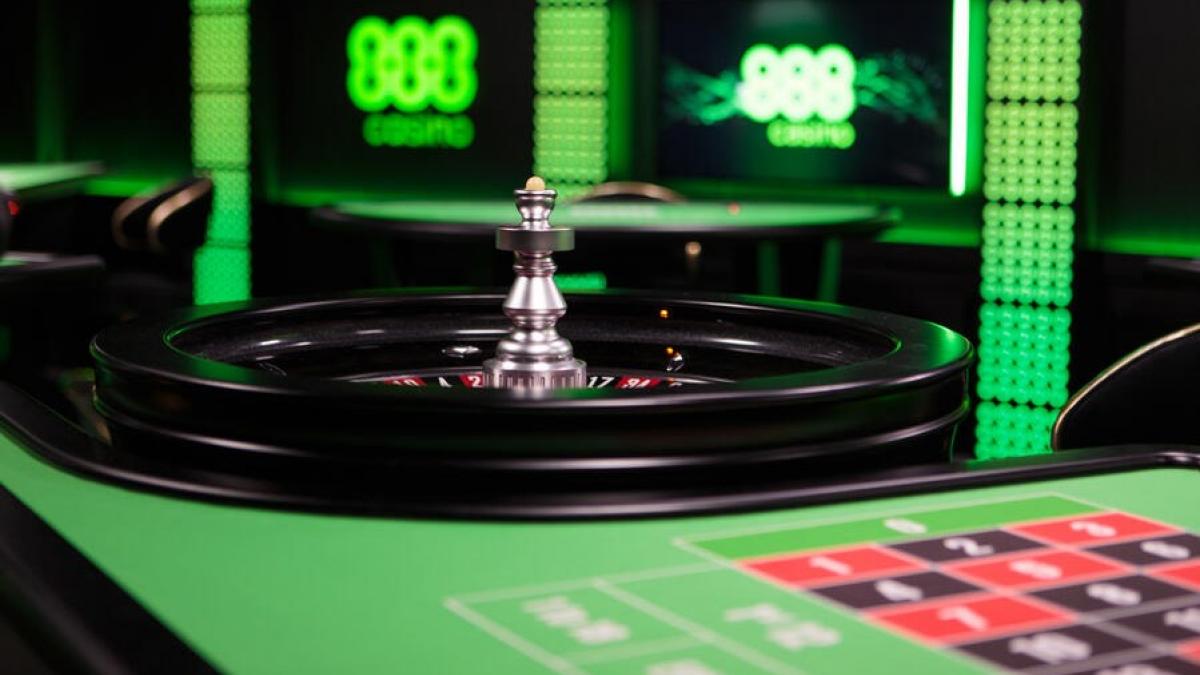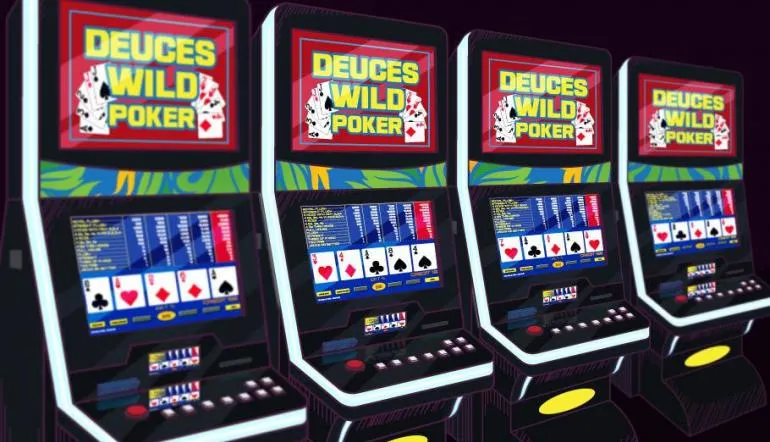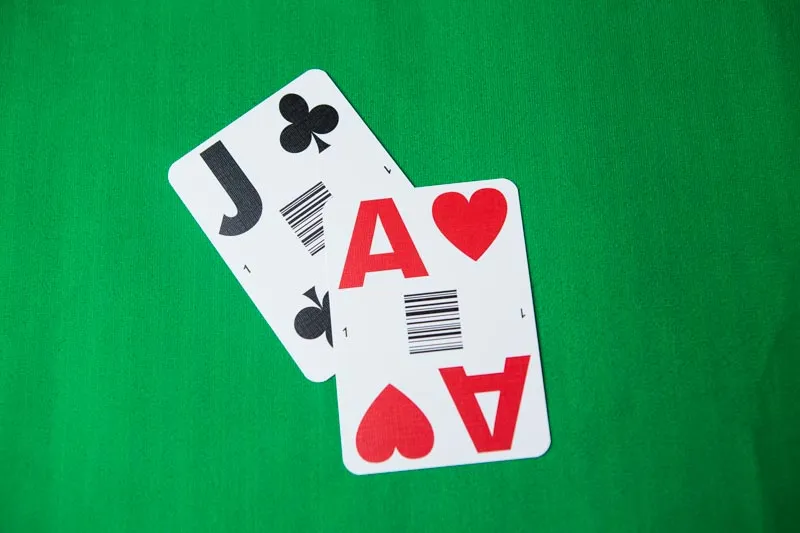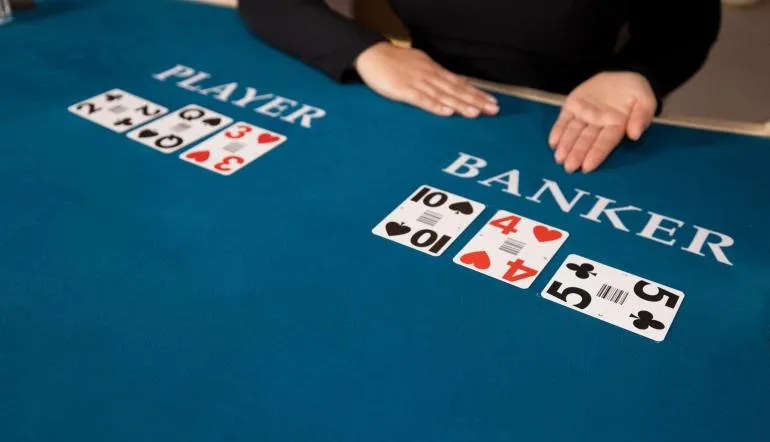Welcome to a story that's been making waves recently. It's a familiar tale of a man who broke the bank at the casino. No, it's not Ashley Revel, and it's not Charles Wells. Join us on an incredible and true adventure as we learn about the man, the mystery, the legend who weaves intrigue and mastery at the Roulette tables in a tale that has captivated the casino world.
This is not just any old story, folks; it's about a modern-day marvel who achieved what many thought impossible – beating the game of Roulette, synonymous with truly random outcomes - chance and unpredictability. At 888casino UK, we go behind the scenes, pull back the curtains and reveal details of this astonishing saga, unravelling the mysteries of Roulette and its many variants.
The Ritz Club Encounter
OK, here goes – the story deserves a picture-perfect setting. It was a balmy spring evening in 2004 at London's Ritz Club, the epitome of luxury and exclusivity. The casino's opulence, with high gilded arches and portraits of gentlemen in hats, sets the stage for our extraordinary event. Enter Niko Tosa, a Croatian enigma, and his two associates. This night, like many before it, they had a plan that would leave the casino world in awe.
But our hero – Tosa – was already a topic of incredible fascination among the Ritz casino staff. His back-to-back wins at roulette tables had accumulated to thousands of pounds, an accomplishment unheard of in the 25 years of the casino manager's career. Indeed, it was either leprechauns or mad science at work – but which one was it?
Yet, how Tosa achieved these wins remained a mystery to the security teams, casino management and the gaming establishment. The casino's security cameras revealed no foul play and no tampering with the roulette wheel. It was as if Tosa had deciphered the codex of a game known for its truly random outcomes.
On this evening, however, Tosa and his companions, a Serbian financier and a Hungarian woman, chose a roulette table in the esteemed Carmen Room, slightly isolated from the main casino floor. Their method was unorthodox, to say the least – they placed bets on clusters of numbers mere seconds before the croupier halted the betting – “No more bets!” It was a coordinated and swift action that left onlookers completely bewildered.
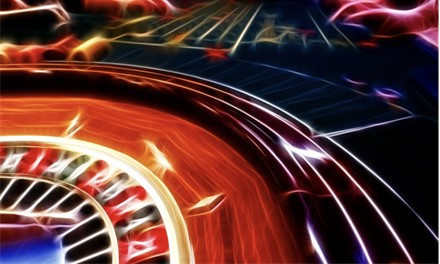
Source: Pixabay No Attribution Required
Understanding Tosa’s Story
Before delving further into Tosa's incredible tale, let's take a moment to understand the game at the heart of this fascinating narrative. At 888casino, we offer several exciting online roulette games, each with unique features and appeal. The classic European Roulette, with its single green 0 pocket, offers a lower house edge, a favorable option for players.
In contrast, American Roulette includes 0 and 00 pockets, increasing the house advantage. But, additional betting options are available to players – more variety to place bets on. Then there's the inimitable French Roulette, revered for its player-friendly rules like La Partage and En Prison, which can save a player's bet under certain conditions. When implemented with precision, it can reduce the house edge to 1.35%!
These differences aren't mere technicalities; they truly shape strategies and results in roulette games. For a mathematical mastermind like Tosa, understanding these nuances was likely the key to turning the odds in his favor.
Back at the Ritz, the security team's attention was fixated on Tosa. We know this for a fact. His strategy was unique – he focused on neighbors' bets, wagering on a number and the two adjacent numbers on either side. This approach covers a segment of five consecutive pockets on the roulette wheel, a tactic requiring precision and timing. Since his team only placed bets after the ball was already in motion, there wasn't much time to pick the bet selections.
Tosa's success certainly raised eyebrows. Was it sheer luck, or was there a method to his ostensible madness? The mystery deepened with each spin of the wheel; each win added layers of uncertainty to this enigmatic player. On the surface, it was tough to discern who he was, how he played, or how his mind worked. But behind the scenes, this mathematical prodigy had it all worked out.
As we unravel the many layers of Tosa's strategy – kind of like peeling an onion - we'll explore the intricacies of roulette betting, the differences in game variants, and how understanding these can transform a player's approach to this centuries-old casino game.
In the next section, we will dig deeper into Tosa's method, the investigation that followed his astounding wins, and the broader implications for the world of Roulette and gambling strategy.

Source: Pixabay No Attribution Required
The Investigation at the Ritz
The streak of wins by Tosa and his team at the Ritz Club piqued the curiosity of casino management. But it did way more than that, too; it sparked a full-fledged investigation. Speculation ranged from advanced technology to insider collusion, but the reality was even more intriguing.
Despite intense scrutiny, including the examination of the roulette table and surveillance footage, no evidence of cheating was found. None. Zip. Nada. The tools at their disposal were simple – keen observation, rapid decision-making processes, and an uncanny ability to predict the ball's landing with an astonishing degree of accuracy.
The Art of Prediction in Roulette
Tosa's claim to victory lay in an almost mythical approach in gambling – the ability to predict where the ball would land. Nobody really understood such soothsaying; to the math, science and probability-driven world – this was simply hocus pocus. Tosa's unique method, which borders on the extraordinary, involves a deep understanding of the wheel's mechanics and the ball's momentum-based trajectory.
At 888casino, while we ensure the utmost fairness and randomness in our games, Tosa's story is a fascinating exploration into the possibilities of human skill, ingenuity and observation at land-based casinos where biased wheels certainly may exist.
Roulette: A Game of Chance and Strategy
Roulette, a game that dates back to 18th Century France (stumbled upon by happenstance by French mathematician Blaise Pascal), has always been a blend of chance and strategy. While the house edge is a reality, strategies like Tosa's, which rely on quick, calculated bets, highlight the game's potential for skilled play.
At 888casino, our roulette variants, European, French and American, offer players the chance to test various tactics and strategies, understanding that while chance reigns supreme, knowledge of the game can certainly offer its own rewards.
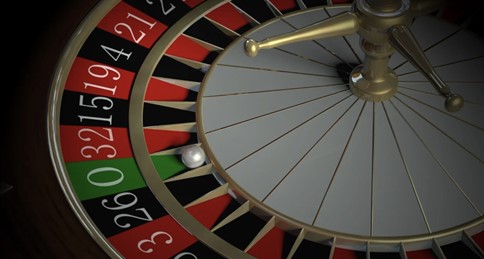
Comparing Roulette Variants
Understanding the differences between roulette variants is crucial for any online casino player. European Roulette's single zero offers a more favorable house edge compared to American Roulette's 0 and 00. French Roulette, with its unique rules, can further reduce the house edge, making it a popular choice among strategic players.
These differences point to a profound understanding of the dynamics of the game, a factor that players like Tosa leverage to their advantage. Tosa's story also brings up an ethical debate in the world of gambling. Is it possible to truly beat a game designed expressly around chance? And if so, does this stray into the realms of unfair play? If you take nothing else away from today's post, remember this: In the short term, it's possible to clean up handsomely at any casino game; the long-term averages get you!
At 888casino UK, we ensure the integrity of all of our games, offering a fair and unpredictable experience for all legal-age players. Yet, stories like Tosa's open up discussions about skill, strategy, and the fine line between advantage play and the spirit of gambling.
Let's fast forward two decades later; the legacy of Niko Tosa's escapade at the Ritz continues to fascinate and perplex gaming audiences. His story is about winning at Roulette, but it's also about challenging the norms and pushing the boundaries of what's considered possible in the world of gambling.
As we look back on Niko Tosa's big wins, we're reminded of the allure surrounding the game of Roulette. We're proud to celebrate the spirit of this timeless game, offering a platform where chance, strategy, and entertainment merge. Whether you're a seasoned player or new to the game, the world of Roulette at 888casino offers an experience filled with excitement, unpredictability, and endless possibilities.
Return to Player (RTP) in Roulette
Folks, let's shift gears and switch focus to Return to Player (RTP), Random Number Generators (RNG), and the betting differences among roulette variants:
Understanding RTP is crucial for any casino games enthusiast. It represents the percentage of total bets that players can expect to win back over time. In Roulette, this varies significantly between variants.
For example, European Roulette typically offers an RTP of around 97.3%, courtesy of its single zero. With an additional double zero, American Roulette lowers the RTP to about 94.74%. These percentages are a key consideration at 888casino, where players are encouraged to make informed choices based on their preferred risk-reward balance.
The Role of Random Number Generators (RNG)
In online Roulette at 888casino, RNGs play a pivotal role. They ensure that each spin is entirely random and independent of previous outcomes, mirroring the unpredictability of a physical roulette wheel. This technology guarantees fairness and impartiality, crucial elements in online gaming.
RNGs are regularly audited and tested to ensure compliance with industry standards, providing players with peace of mind regarding the integrity of their gaming experience. RNGs govern our roulette games, card games, slots, and video poker games. Live casino games run off lady luck – unless RNGs are built into the gaming software.
Betting Differences Among Roulette Variants
Each roulette variant presents its unique betting opportunities. In European Roulette, players often favor outside bets, like red/black or odd/even, due to their higher probability of winning. With its additional double-zero pocket, American Roulette introduces a Top Line bet exclusive to this variant, covering 0, 00, 1, 2, and 3.
Recall that French Roulette shines with its unique betting rules like La Partage and En Prison, which can significantly affect the game's strategy and outcomes.
Comparative Table of Roulette Variants
To provide a clearer perspective, let's take a look at a quick comparison of the key aspects of these variants:
| Feature | European Roulette | American Roulette | French Roulette |
|---|---|---|---|
| Number of Zeroes | 1 (“0”) | 2 (“0” and “00”) | 1 (“0”) |
| House Edge | 2.7% | 5.26% | 2.7% (1.35% with special rules) |
| Special Rules | None | Top Line bet | La Partage, En Prison |
| RTP | 97.3% | 94.74% | 98.65% (with La Partage) |
Niko Tosa’s Strategy Revisited
Returning to Niko Tosa's strategy, it becomes clear why his approach was so remarkable. By targeting European-style wheels and leveraging his understanding of wheel dynamics and ball motion, Tosa attempted to negate the inherent house edge.
While such a feat requires exceptional skill and observation, it highlights the importance of strategy in Roulette. Of course, you want specific details – the red meat, so to speak – but Tosa remained tight-lipped about his technique.
Closing Thoughts: The Final Spin
The tale of Niko Tosa is more than a story of beating the roulette odds; it's about luck and skill in casino gaming. At 888casino, we offer a diverse range of roulette options, each with its unique appeal and payout probability. Whether you're inspired by Tosa's story or intrigued by the elegance of the game, we invite you to experience the thrill of Roulette at our gaming enclave.
Join us at 888casino for an unbeatable gaming experience where tradition meets technology, and every spin offers the prospect of tremendous excitement!
